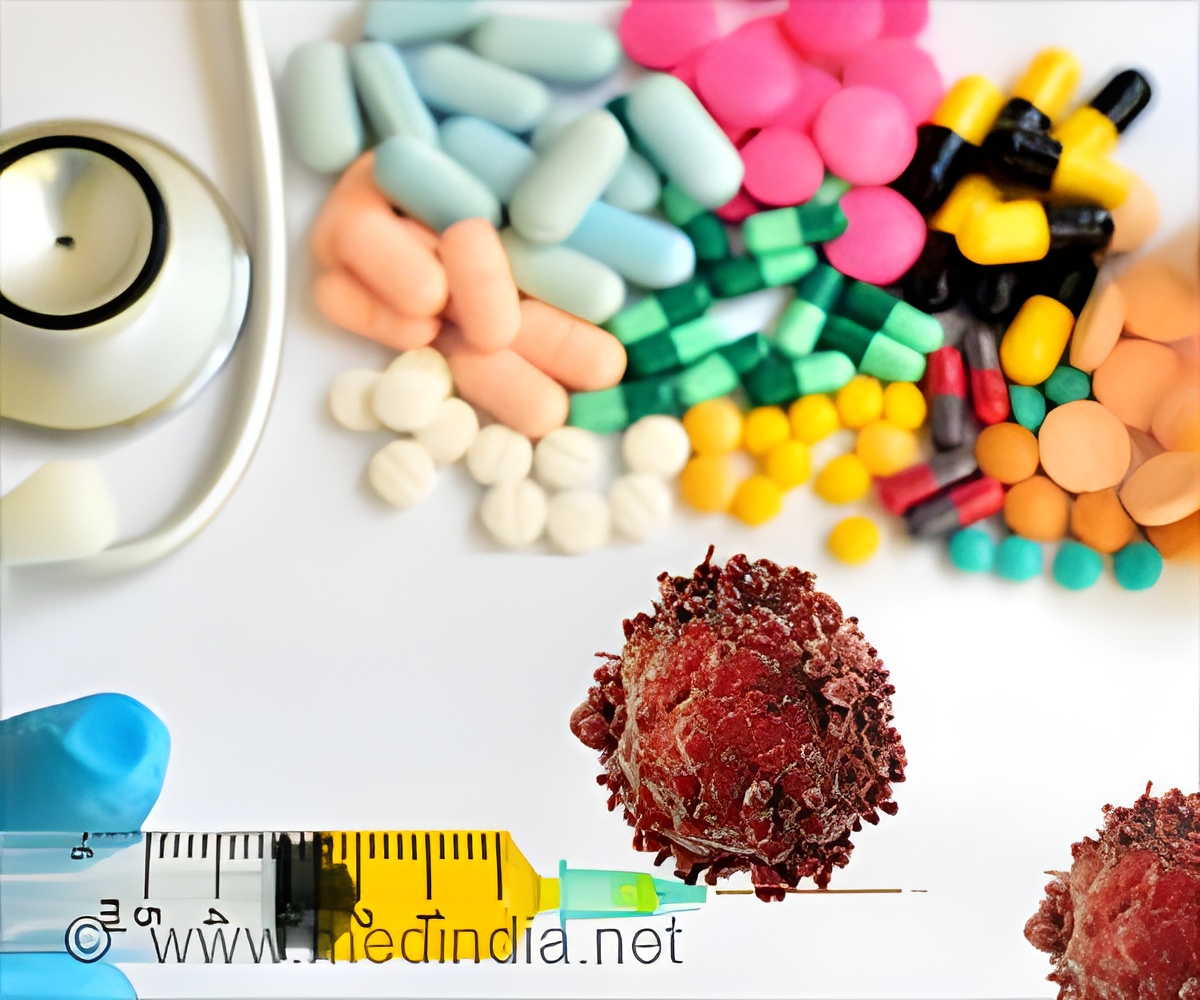
‘Using lab-on-a-chip devices for biomarker discovery helps to curb antibiotic resistance.’
Read More..Tweet it Now
The details appear in the American Chemical Society journal ACS Infectious Diseases.Read More..
“The idea of using microfluidics to encapsulate cells isn’t new; there are plenty of lab-on-a-chip devices already,” said Shamoo, who specializes in the study of multidrug-resistant bacteria. “What we’ve done is apply it to biomarker discovery for antibiotic resistance.”
The established technique for studying resistance involves feeding antibiotics gradually increasing amounts to vials of bacteria in a solution. That reveals how some microbes evolve resistance but favors mutants that grow fastest and makes it difficult to control other factors like population size, number of generations, and the space they occupy, all of which can influence the evolutionary process.
Putting cells into microdroplets overcomes those limitations by allowing researchers to fine-tune their environments, allowing them to study new evolutionary trajectories.
“The droplets are a controlled environment where the cells grow in their own ecosystems,” Shamoo said. “That’s similar to what happens when a wound gets established in your body, where there are a few bacteria instead of the millions in a test tube. We think these microfluidic droplets are a better approximation of the early stages of an infection.”
Advertisement
“It only takes about a teaspoon of the solution to quickly produce, literally, about a million microdroplets, whereas before we might have used liters,” Shamoo said. “This allows us to do very densely replicated studies that just aren’t possible when you’re limited to test tubes.”
Advertisement
For their proof-of-concept experiments, they exposed single-cell Escherichia coli bacteria to varying amounts of doxycycline to analyze the conditions under which bacteria evolve resistance to the common antibiotic.
Each experimental run contained one configuration of droplet size, bacteria count and antibiotic concentration. After allowing the cells to reproduce, their genomes were analyzed by co-author Heer Mehta, a microbiologist in the Shamoo lab.
“The droplets are fairly sturdy because of the surfactants we use and maintain their coherency for over 24 hours,” Disney-McKeethen said. “We can then extract and isolate the DNA and send it out for whole-genome sequencing.”
The researchers noted their platform turned up not only the kind of evolution seen in formal studies but also previously unknown pathways to resistance that involved large-scale alterations to the cells’ genomic structures.
With their initial experiments done, the lab is now testing a range of microbes to see how they evolve resistance. “We’re expanding our zoo to include other more difficult pathogens, including a strain of E. coli we know is quite dangerous in hospitals,” Shamoo said.
He said the platform might also be employed to quickly and accurately analyze biomarkers and to screen drug candidates, the topic of ongoing studies in the lab.
Medindia









